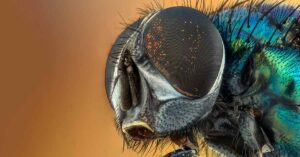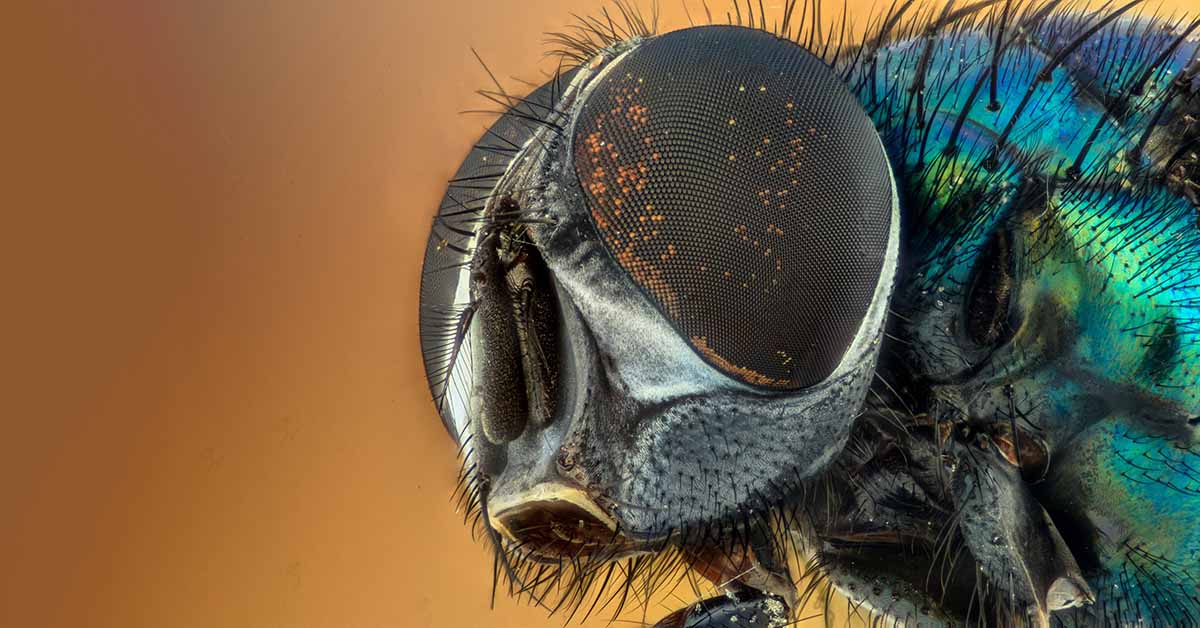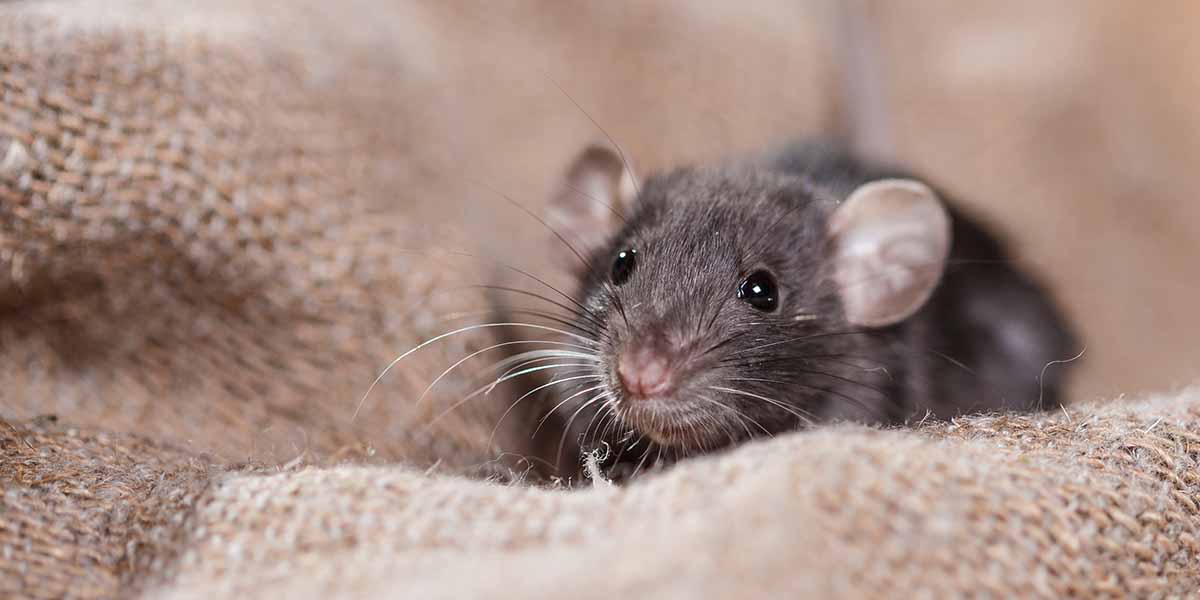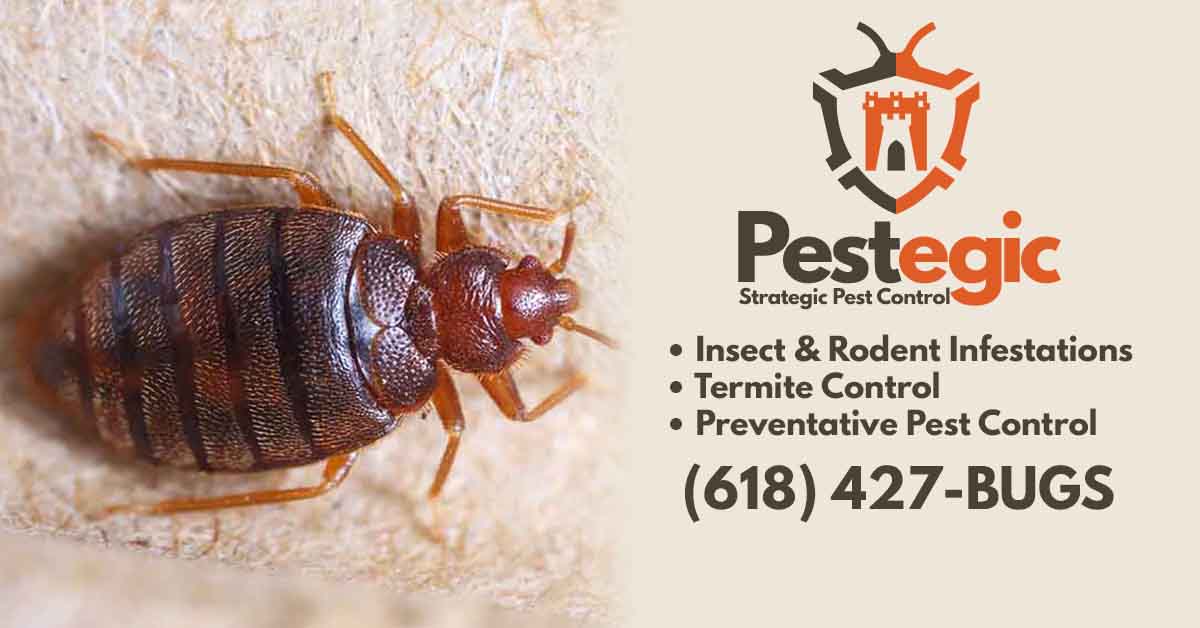If you’re a homeowner, you know that pests can be a real nuisance. From ants and spiders to rats and mice, there is no shortage of creepy crawlers that can invade your home. In this article, we’ll dive into the common types of household pests and how to identify them. We’ll also discuss the best ways to prevent an infestation and how to get rid of them if they do make their way into your home.
What are Pests?
A pest is an insect or rodent that becomes problematic because they come into your home or affect your life in some negative way. For example, there are over 12,000 species of ants, and they have an important role in keeping our outdoor ecosystem working as it should. When they come into your home, they become pests. The goal of pest control is to keep pests where they belong, outside.
Types of Household Pests
Nobody likes the idea of pests invading their home. Whether it’s mice, ants, cockroaches, or any other type of pest, these uninvited guests can cause a huge amount of damage and disruption to your home.
Pests can be divided into these three categories:
Invaders are pests who live primarily outside, but they come inside or into our outdoor living spaces looking for food. They don’t target your home, they just happen to come inside while foraging for food.
Seasonal Invaders are bugs that live outside during the warm months, but attempt to come inside during the cold weather to overwinter in your home.
Hitch Hikers are insects that get carried into your home from another location, usually in boxes or on clothing. Hitchhikers tend to be the pests that cause the most problems in our lives.
Invasive Pests – Invaders
Ants
There are over 12,000 species of ants, and they vastly outnumber humans. There are over 2.5 million ants on the planet for every 1 person. That means for a family of 4, there are 10 million ants. They live in colonies and their primary purpose is to gather food for the colony. A colony of ants can have anywhere from a few thousand ants, to a million.
The ants you see trailing in your garden, or even your home are worker ants. At any given time, only about 10% of the colony travel outside of the nest looking for food. Typically, the older ants that are nearing the end of their usefulness in the colony are the foragers who go outside of the nest.
Because such a small portion of the colony forages for food, using instant-kill insecticides won’t do much to help get rid of your ant problem.
The best way to handle an ant problem is with bait. The foragers pick up the bait and carry it back to the colony, eliminating the problem.
For more information about ants and the species we typically find in our area, check out our ant facts.
Getting rid of ants takes a skilled pest control professional who knows about the specific species of ant, where they nest, and what foods they are attracted to. An ant control professional can also help identify entry points into your home and recommend steps you can take to prevent future infestations.
Spiders
Most spiders are harmless and can be beneficial since they feed on many common pests like mosquitoes, flies, and moths. House spiders generally only bite humans in self-defense when they feel trapped or threatened, and their bites usually only cause minor irritation. In fact, most spiders cannot even bite humans because their mouths aren’t big enough.
There are only two species of spiders in the St. Louis Metro East that are dangerous to humans. The Brown Recluse and Black Widow can bite humans and cause painful or even dangerous bites. Thankfully, both of these spiders avoid human contact and are not very common.
For more information on spiders, and the species that are found in our area, check out our spider facts.
Termites
Termites are insects that feed on wood. They are very common in the St. Louis Metro East area and can cause a great deal of damage to homes and other structures if not controlled properly.
Termites live in colonies that can number into the millions of insects.
There are three main types of termites: Subterranean, Formosan, and Drywood Termites. In our area, we only have to worry about Subterranean Termites.
Subterranean Termites build their nests underground but will travel above ground to find food sources (wood). These termites typically enter homes through cracks in foundations or small gaps around doors or windows. Once they gain access to the inside of your home, they will begin eating the wood that makes up your floors, walls, and ceilings. If left unchecked, a termite infestation can cause serious damage to your home.
The best way to prevent a termite infestation is to have your home inspected by a professional pest control company, and use a preventative treatment to proactively eliminate termite colonies. If you already have termites, several effective treatments can get rid of them.
For more information on Termites and how to control them, check out our termite facts.
Beetles
Beetles are another insect that is beneficial outside in their natural habitat but become pests when they come indoors. Outside, they help with decomposition and are a food source for other animals. In your home, they can eat through clothing, carpeting, and stored foods. They may also spread disease to humans.
Some of the most common beetles that we see in the St Louis area are June Bugs, Carpet Beetles, Grain Beetles, Ground Beetles, and Ladybugs.
Centipedes & Millipedes
Centipedes and Millipedes are long insects with legs on each of their body sections. Centipedes have 2 legs on each body section, and millipedes have 4 legs on each body section. They typically live outdoors where they help with decomposition. However, they may come indoors during periods of heavy rain or drought, or if you have a moisture problem. If they get into your home, they sometimes look frightening but they don’t pose any danger to you or your home. Routine pest control can keep millipedes and centipedes out of your home.
Flies
There are many types of flies that can be a nuisance in your home – house flies, blow flies, cluster flies, drain/moth flies, and fruit flies to name a few. All of them have the potential to spread disease because they land on rotting food or feces and then transfer that bacteria to whatever they land on next.
Flies are attracted to your home by the smells of rotting food or garbage. Once they get inside, they can be difficult to get rid of without professional help because they reproduce so quickly. The best way to avoid a fly infestation is to keep your home clean and free of debris, rotten food, and standing water.
For more information on Flies check out our fly facts
Wasps & Hornets
Wasps and Hornets are outdoor stinging insects that rarely get inside your home. Outside they can be a hazard because they build nests on or near your home and can sting if they feel their nest is threatened. Wasps are more aggressive than hornets, but both can cause serious reactions in people who are allergic to stings.
If you have a hornet nest, do not attempt to remove it yourself. Call a pest control professional to have it removed. Hornet nests are large, sometimes the size of a basketball, and can contain up to 700 hornets. They’re typically found in trees but can also be found under the eaves of your roof, in sheds or garages, and sometimes in the ground.
Small paper wasp nests can typically be taken care of by a homeowner. You can use a wasp spray to instantly kill the wasps and then remove the nest. If you’re allergic or sensitive to stings, it’s best to call a professional.
Mud Daubers are a species of wasp that build nests out of mud. These nests are small, about the size of a quarter, and can be found on the sides of homes or in garages and sheds. Mud daubers rarely sting people but if their nest is disturbed they will defend it. Homeowners can remove a mud dauber nest by spraying it with wasp spray and then scraping it off with a putty knife or similar tool.
Bees
Honey Bees & Bumble Bees are important pollinators, but they can become a nuisance if they build a nest on your property. Honey bees will only sting you if their hive is threatened, but even one sting can be dangerous to people who are allergic. Bumblebees rarely sting unless they feel directly threatened.
Unless you find a large hive in or on your home, it’s better for the environment and the bees if you leave them alone. If a bee hive is in a location where it poses a safety hazard, call a professional.
Carpenter Bees
Carpenter Bees look like bumble bees but they don’t have the same coloring. Male carpenter bees are black with yellow markings on their face while female carpenter bees are solid black. Both genders can sting, but only if they feel threatened. Carpenter bees bore holes into wood to build their nests. These nesting areas can cause structural damage to your home if left unchecked so it’s important to address them as soon as possible either by yourself or by calling a professional pest control
Silverfish
Silverfish are a species of wingless insect. Their bodies are covered in shiny scales that give them a silver color, hence their name. Silverfish are known to eat paper and fabric which can damage your belongings. They also like to live in damp areas so they’re often found in basements, attics, and bathrooms.
Silverfish aren’t dangerous but they can be a nuisance. To get rid of silverfish you can vacuum them up or set out traps baited with food or sweeteners. You can also reduce moisture in your home by using a dehumidifier which will make it less inviting for silverfish.
Seasonal Invaders
Mice & Rats (Rodents)
Rodents Mice and rats are two of the most common types of rodents in the world. They can be different colors depending on their species but they’re both small mammals with long tails. Rodents are known to carry diseases and they can also cause damage to your home by chewing on wires and wood.
To get rid of rodents you can set out traps or use poison bait. You should also try to seal up any cracks or holes in your home that might be providing entry points for them. If you have a serious rodent problem it’s best to call a professional pest control company
For more information on Rodents, check out our rodent facts.
Brown Marmorated Stink Bugs
Stink Bugs are relatively new to the United States. They were accidentally introduced in 1996 and they’ve been spreading ever since. They get their name from the foul odor they release when disturbed or squished. Stink bugs are mostly a nuisance but they can damage crops if there’s a large enough infestation.
To get rid of stink bugs you can vacuum them up or trap them with sticky tape. You should also try to seal any cracks or holes in your home that might be providing entry points for them.
Hitch Hikers
Cockroaches
Cockroaches are one of the most common household pests and can be found all over the world. In the United States, the two main types of cockroaches that we see are German Cockroaches and American Cockroaches. Both types of cockroach are nuisances and can spread disease to humans.
German Cockroaches in particular are considered hitchhikers because they are often brought into homes in luggage, boxes, or other containers that have been infested. They can also come into your home through cracks and crevices. Once they’re inside, they’re very difficult to get rid of without the help of a professional pest control company.
Learn more about cockroaches by checking out our cockroach facts.
Bed Bugs
Bed Bugs are small parasitic insects that feed on the blood of humans and animals. They’re reddish-brown in color and about the size of an apple seed. Bed bugs are often brought into homes in luggage, furniture, or clothing that has been infested. Our customers typically find bed bugs after traveling. Once they’re inside, they can be very difficult to get rid of without the help of a professional pest control company.
Fleas
Fleas are parasitic insects that feed on the blood of humans and animals. They’re small flat insects and range in color from reddish-brown to black. Fleas are often a problem when household pets pick up fleas outdoors and bring them indoors.
Fleas can be dormant in their eggs for months and only emerge when they feel vibrations or sense a host in the area.
If you have a flea infestation it’s best to get professional help to get them taken care of.



